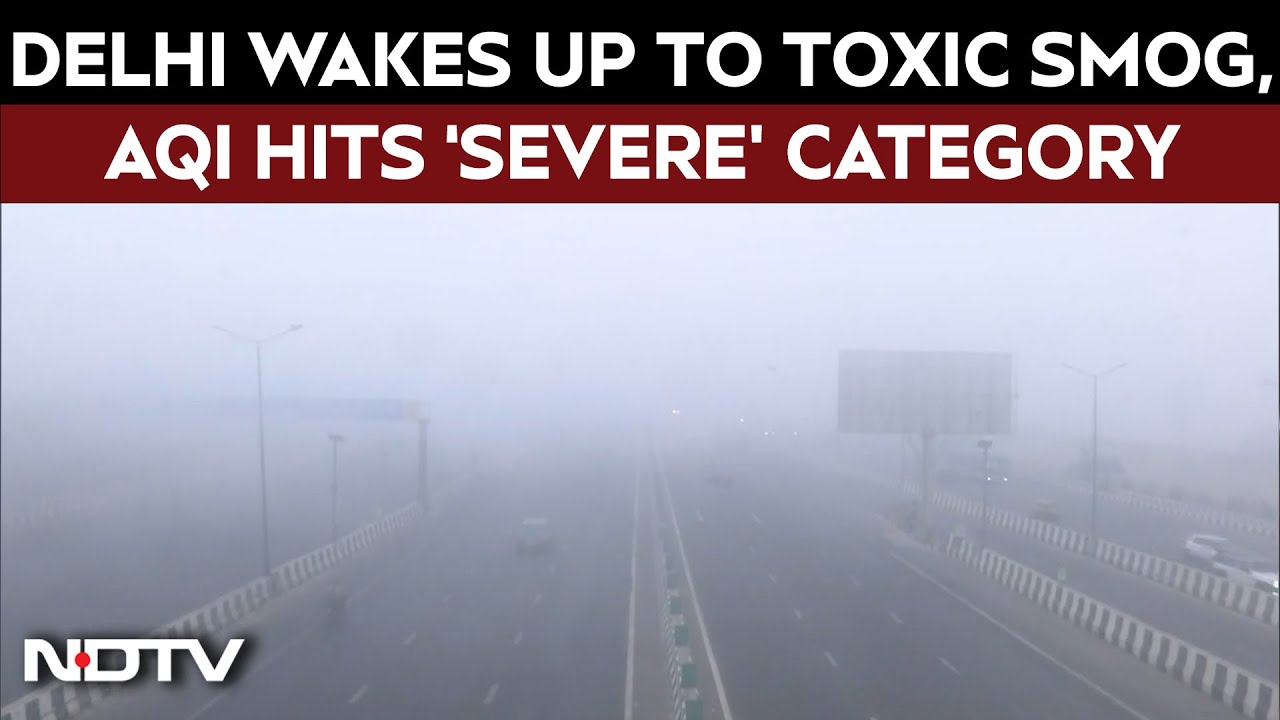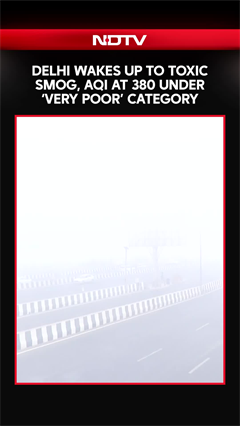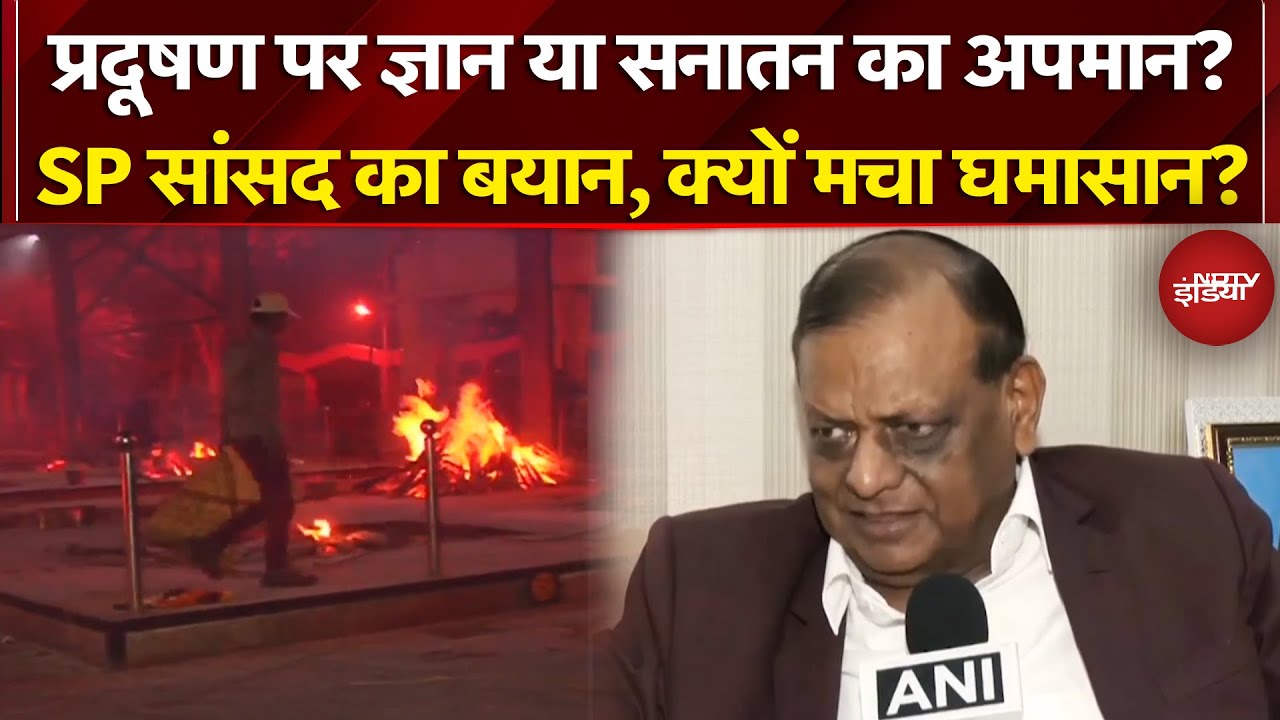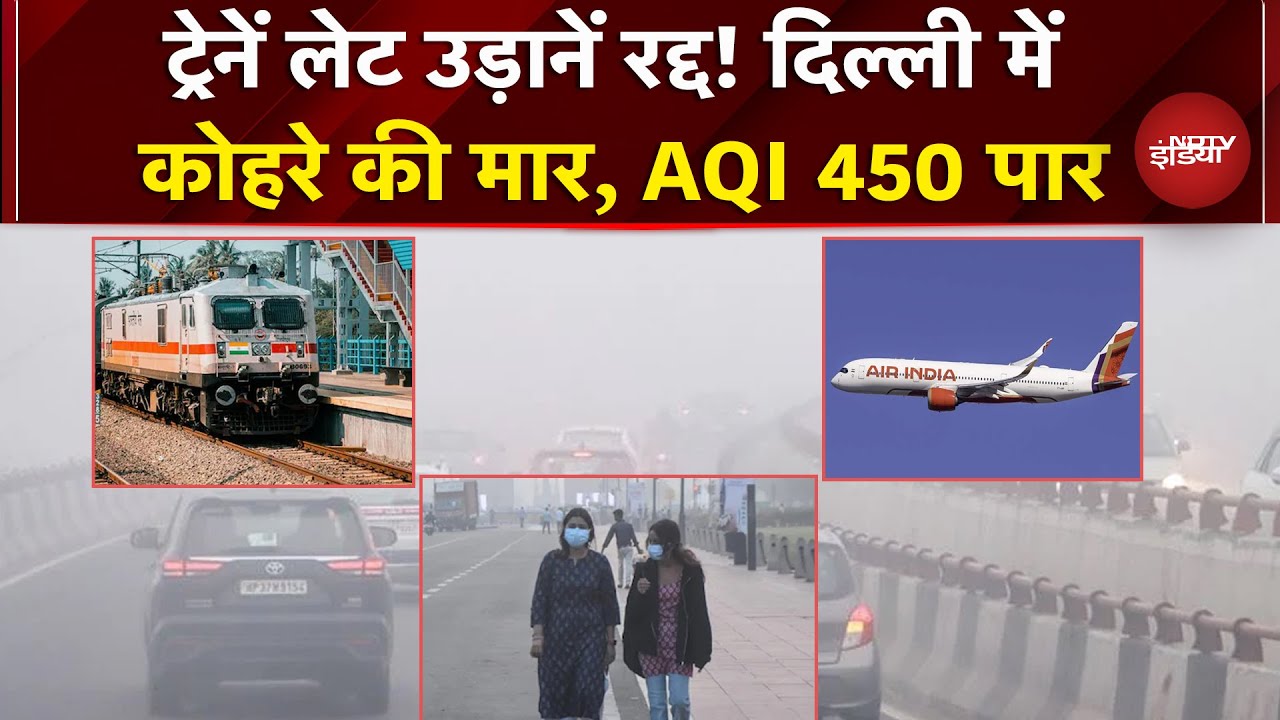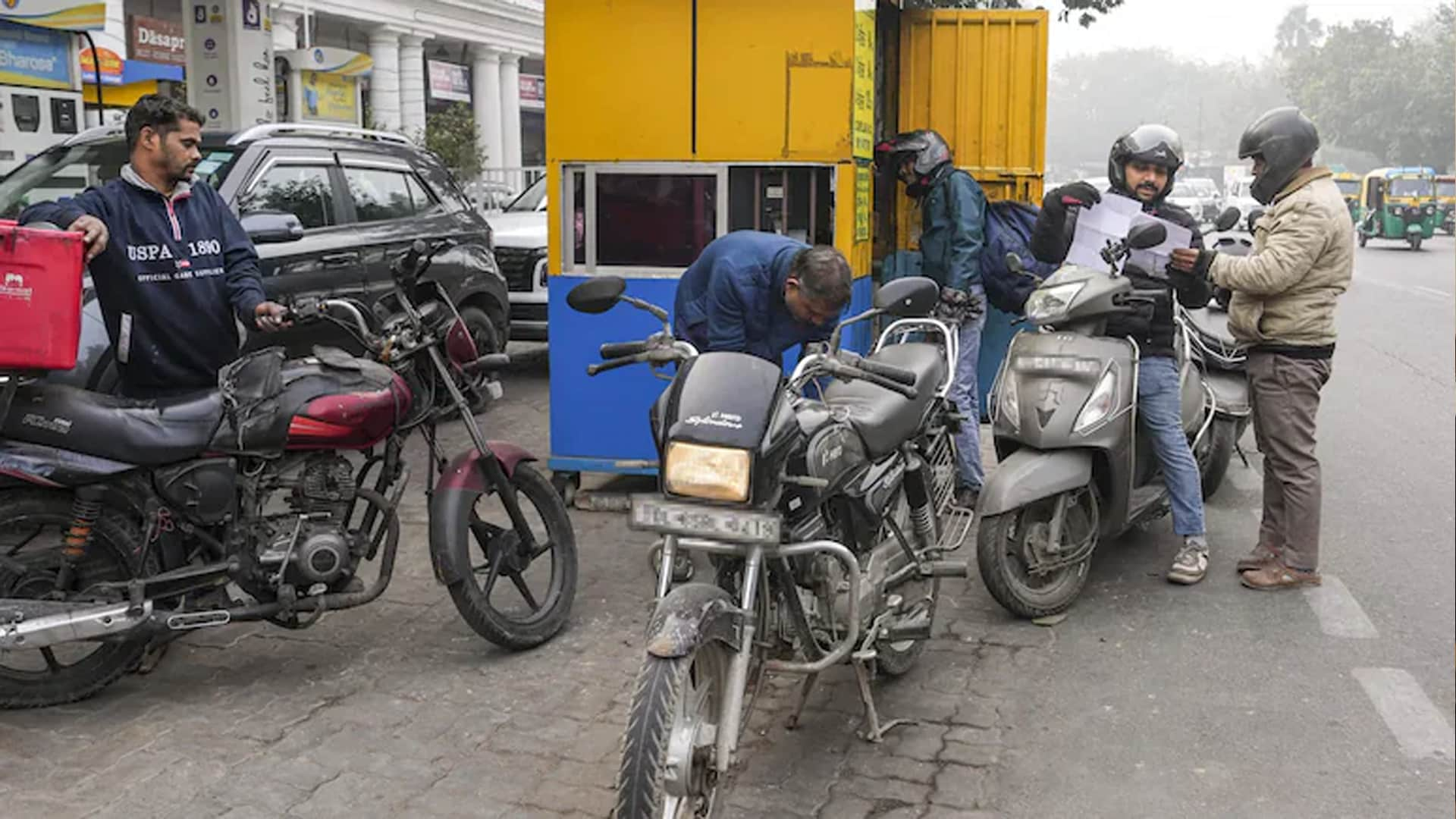- Home/
- Delhi Raises Pollution Alert To Highest Level, Bans Trucks, Construction
Delhi Raises Pollution Alert To Highest Level, Bans Trucks, Construction
The Centre has implemented stage-IV measures of the Graded Response Action Plan (GRAP) with immediate effect as the air quality in the national capital and its neighbouring cities remains in the 'severe plus' category for the fourth consecutive day.
The Graded Response Action Plan or GRAP are set of measures drafted by the Centre's Commission for Air Quality Management (CAQM) to tackle air pollution.
The Stage IV of the GRAP is the highest level of pollution alert taken under the GRAP when the Air Quality Index (AQI) remains over 450 or in the 'severe plus' category.
Under the 8-point Stage IV measures, entry of trucks into Delhi has been banned except for those carrying essential commodities/ providing essential services and all LNG/ CNG/ electric trucks.
Light Commercial Vehicles (LCVs) registered outside Delhi, other than Electrical Vehicles, CNG, BS-VI diesel, to enter Delhi, except those carrying essential commodities/ providing essential services.
All construction and demolition activities have been banned in Delhi including public projects such as highways, roads, flyovers, overbridges, power transmission, pipelines, etc.
The Delhi government will decide on allowing public, municipal and private offices to work on 50 per cent strength and the rest to work from home. Central Government may take appropriate decision on permitting work from home for employees in Central Government offices.
The Delhi government may decide to discontinue physical classes for students from classes six to nine and even eleven.
Delhi-NCR's Worsening Air Quality
Delhi's air quality plummeted to the 'severe plus' category again, making the national capital the most polluted city in the country today. The real-time Air Quality Index (AQI) is over 500 in different parts of the capital.
At noon, the highest level was recorded at the Wazirpur monitoring station in Delhi, reporting an AQI level of 859.
The PM2.5 concentration level in Delhi is currently 96.2 times the World Health Organization's (WHO) air quality guidelines value.
The PM2.5 level was reported at 481 micrograms/cubic metres. While PM10 was the main pollutant in Delhi and its neighbouring cities.
All air quality monitoring stations across Delhi reported a PM2.5 level of over 450 microns.
also read
Thick Smog Blankets Delhi-NCR, Over 100 Flights Cancelled, 50 Trains Delayed
Edited by Aastha AhujaDelhi Government To Install Air Purifiers In 10,000 Classrooms As Pollution Soars
Reported by Ishika Verma, Edited by Amit ChaturvediBattle For Breath: Mumbai's Elite Enclave Turns Pollution Hotspot
Reported by Jitendra Dixit, Edited by Srishti Kapoor
Latest Stories
- Edited by Aastha Ahuja | Saturday December 20, 2025 , New Delhi
The national capital, Delhi, woke up to a thick layer of smog blanketing the city with the Air Quality Index (AQI) at 380, falling under the 'very poor' category.
- Reported by Ishika Verma, Edited by Amit Chaturvedi | Friday December 19, 2025
The government plans a phased rollout, funded through the environment cess, though exact installation timelines have not been announced.
- Reported by Jitendra Dixit, Edited by Srishti Kapoor | Friday December 19, 2025
Air quality in and around Bhakti Park and Wadala Truck Terminal (TT) has plummeted in recent weeks, with AQI levels soaring beyond 300 - classified as "severe".
- Edited by Astitva Raj | Friday December 19, 2025
His post quickly became popular among people who have experienced similar health and safety concerns while living in Delhi.
- Press Trust of India | Friday December 19, 2025 , New Delhi
Commuter awareness rises after Delhi's BS-VI and No PUC, No Fuel enforcement; fuel sales dip in border areas, PUC queues remain steady, says DPDA president.
................................ Advertisement ................................
Latest Videos
Opinion
Blog | Well Done, Delhi. You've Turned Lung Sacrifice Into A Badge Of HonourSaikat Kumar Bose
Monday November 10, 2025Till some years back, Delhiites would ask angry questions to those in power about the capitals annual tryst with toxic air. This has changed. Those in the driving seat dont see the need to answer now.
Opinion | Why Indians Have Just Given Up On Air Pollution CrisisTanushree Ganguly
Friday December 20, 2024While some may argue that people in Delhi are now more aware of air pollution than they were a decade back, my rebuttal would be that awareness does not mean that people are concerned.
Opinion | You Must Outrage Over Filthy Air More Than Once A YearJyoti Pande Lavakare
Tuesday December 10, 2024Delhi welcomed us with monsoon rains and mangos. We were home. Fast forward a couple of years, in the winter of 2012, I found myself in denial about something other parents, mostly expats, were calling toxic air.
Opinion | Delhi's Air Pollution Situation Is Like A Bad MarriageNishtha Gautam
Friday November 22, 2024On a good day, such as today, the AQI reading in Delhi is 407. We are jubilant at the sickly sunshine trickling through the slightly dissipated smog. At least its not 1600.
दिवाली... पराली... सियासी जुगाली!Ashwini kumar
Monday November 18, 2024दिल्ली-एनसीआर में प्रदूषण का समाधान तो आज तक मिला नहीं. हर साल चिंतित होकर हम-आप सांसों की तकलीफ के साथ-साथ दिल और ब्लड प्रेशर के मरीज भी क्यों बनें?








